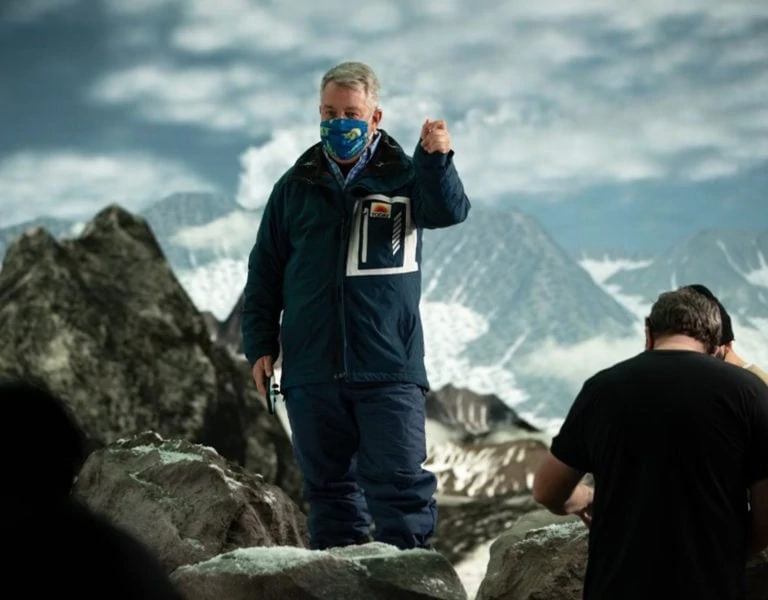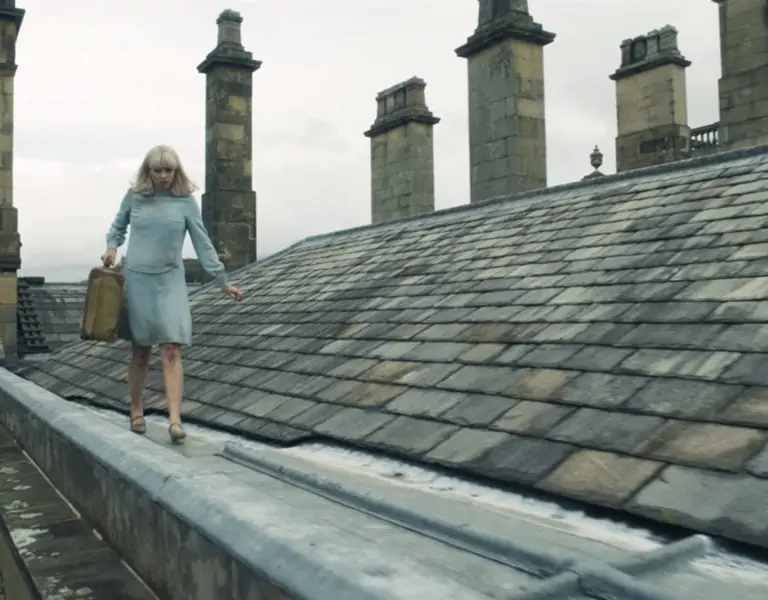THE SILENT TREATMENT
Long-time collaborators Sparky Tehnsuko and cinematographer Andreas Neo reunited for this atmospheric short. Villain consists of very little dialogue, instead using a visceral environment, heightened by a swelling score and intuitive lighting tricks, to tell a compelling story.
What initially appealed to you about the film?
I was delighted when the director Sparky Tehnsuko approached me about making this short as we first worked together 6 years ago and I was keen to collaborate again at this stage of our respective careers. I was also particularly excited by how incredibly ambitious this short film this was set to be, as it included a CGI dragon, SFX fire and a set build and construction for both the exterior rural scene and the cave.
Additionally, I relished the opportunity to work with the acting talent Bella Ramsey. I also thought it was really intriguing that the film had no dialogue. The combination of these factors made it the sort of short film that doesn’t come around too often, so I jumped at the chance to shoot it.
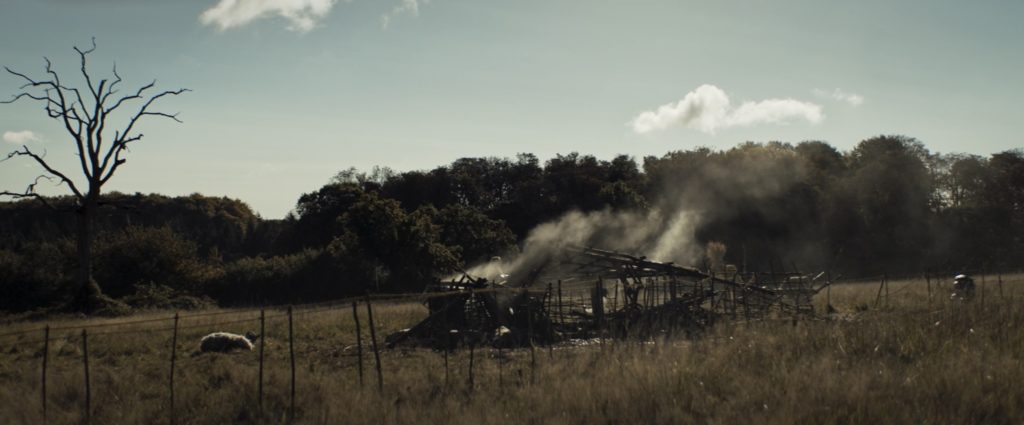
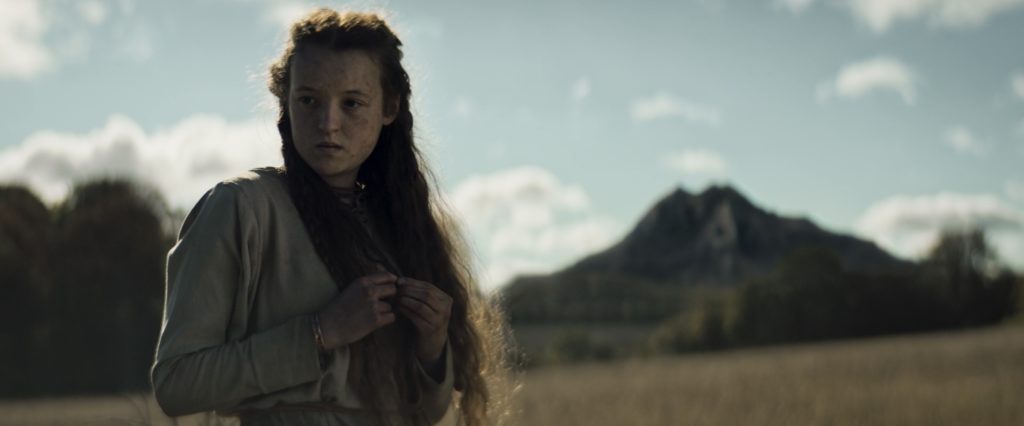
How did you collaborate with the director?
After a number of lengthy discussions with Sparky about his vision for the film, I did a lot of visual research and created a pool of references for lighting and framing for each section of the film.
Sparky really loved these references and they formed a launchpad for an ongoing dialogue with Sparky about how we would approach this story. It was this ongoing conversation using visual references, sending imagery back and forth (in addition to Sparky’s storyboards), that made sure we were both very clear on what we wanted to shoot and how the film would look and that therefore lead us to create something very considered.
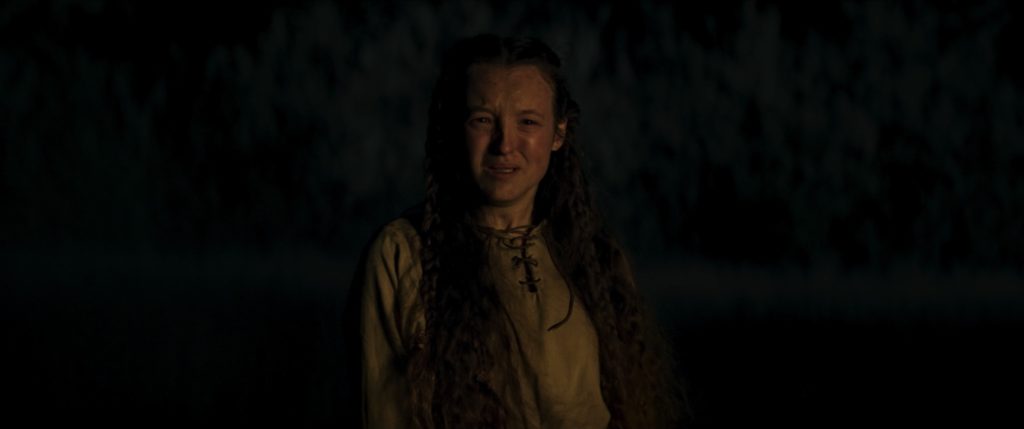
Who where the other key members of the team that you worked closely with?
A collaboration with the production designer was integral for the creation of the cave. My gaffer and I also worked closely to figure out a solution to lighting a ‘cave’ that falls into blackness with the challenge that it was filmed in a warehouse space
(that wasn’t quite as large as I would have hoped) rather than a purpose built studio. There were quite a few conversations early on with VFX regarding the dragon and how best to make it as authentic as possible and the discussions with SFX were vital as I knew I wanted to position the fire to light the space and the actors in key moments in the film.
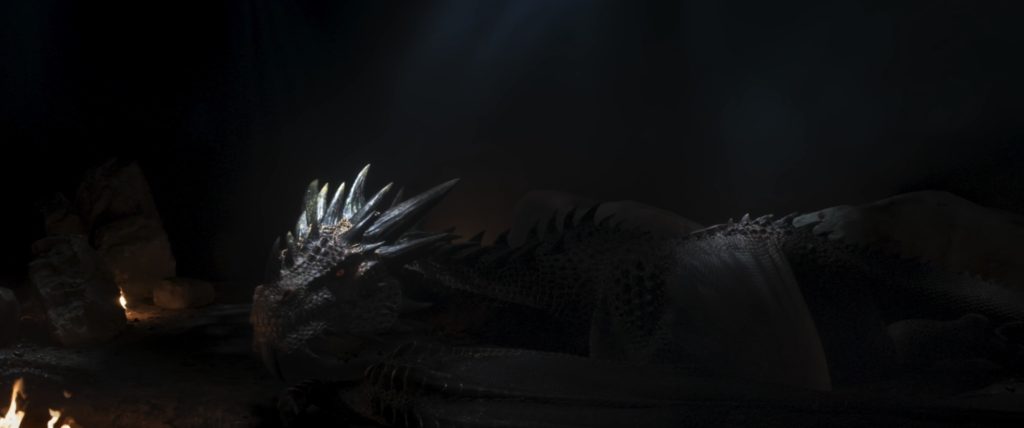
What creative references and inspirations did you consider?
I began with the obvious references for a film involving a dragon such as Game of Thrones and also Reign of Fire by Adrian Biddle BSC, which is an amazing piece of work.
I also researched references that focused on faces set in darkness, pulling some lighting references from films such as The Revenant and The Assassination of Jesse James.
I reflected on big budget movies that had full CGI characters and how they created the worlds around these characters. I was keen that the dragon should have its own lighting design, which developed into the idea of using the moonlight as a light source for the dragon.
When approaching the day exterior scene, I wanted to create an almost painterly atmosphere.
I often pull references from outside of the film world, and so I considered the work of 19th century painters such as Constable who capture the essence of the English countryside so beautifully.
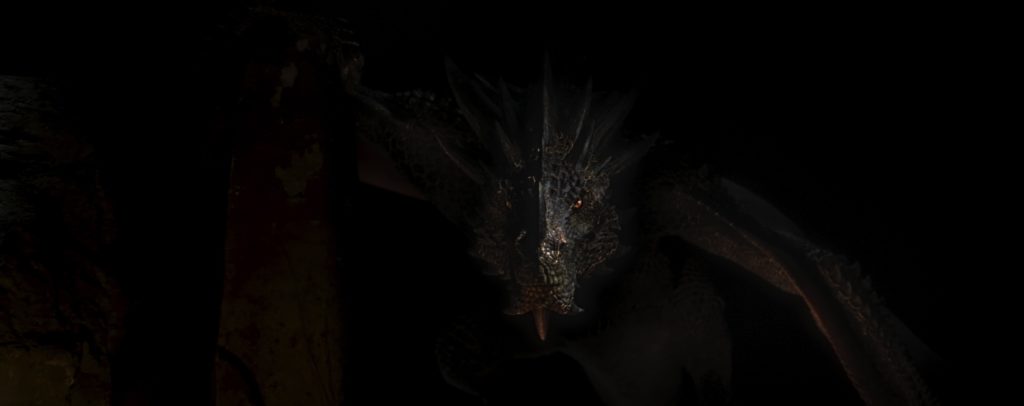
How did you manage stripped back lighting situations and ensure they felt authentic?
I think the authenticity in the lighting came from the fact I used real fire to key the actors’ faces. There are ways to cheat fire light effect on faces, yet I still feel and see the difference when using the real deal. Fire also gives such an amazing eye light in the way that it flickers, that helps draw the audience into the performance of the actor. The dragon also had it own treatment in terms of lighting, with cooler and slighter harder light sources over the dragon. I played with the idea that the dragon rested in a specific section of the cave, where moonlight trickles in through the cracks in the cave above.
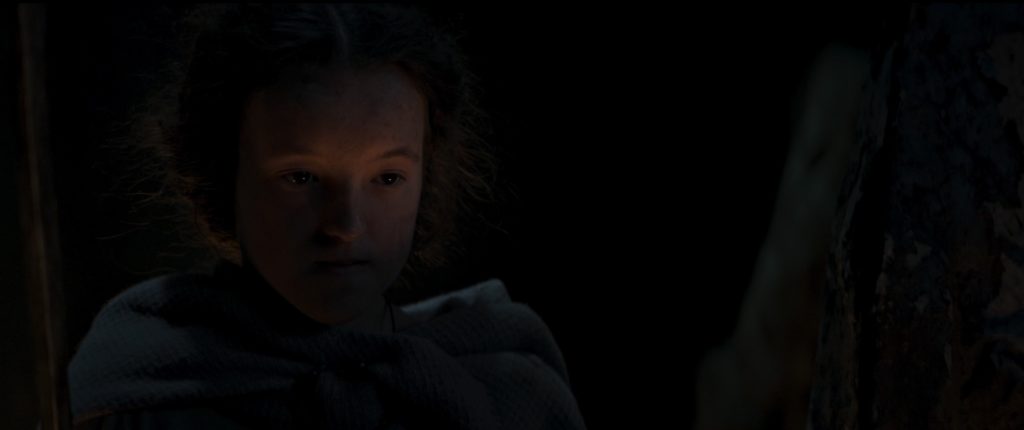
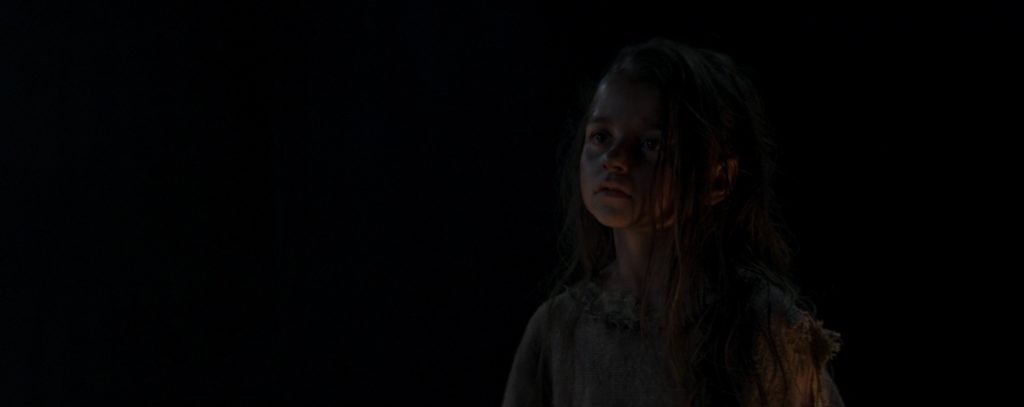
How do you go about approaching a film with little to no dialogue?
I just approached it as I would any scene regardless of dialogue and I think for that reason it feels a lot more natural. We were confident the performances from the actors would be absolutely incredible and they would convey the emotions of the story. I think if we had tried to create a visual language simply because there was no dialogue it could have actually worked against us and potentially confused and complicated the photography unnecessarily.
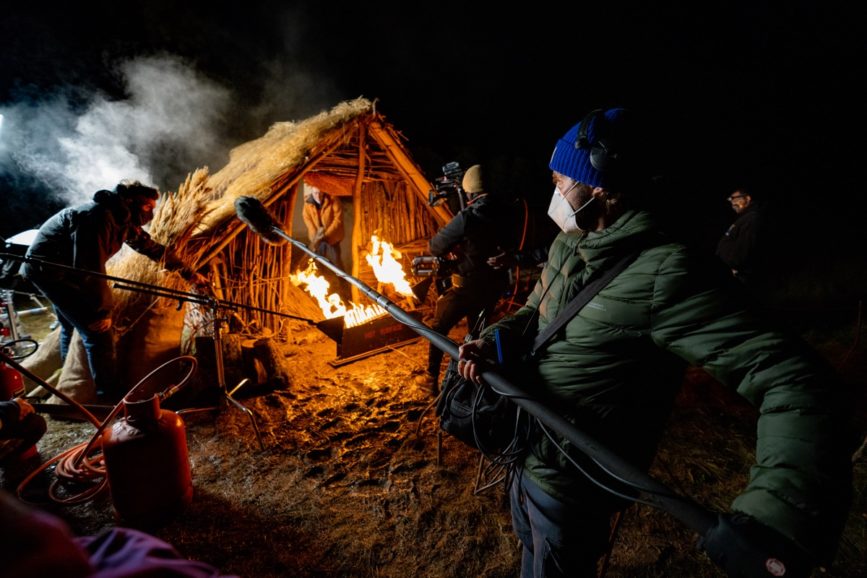
How do you work with a score when you are lensing a project such as this?
The score is obviously very important to a film with no dialogue. We approached this by always having those beats and moments in camera that can help motivate the score or help build up tension. I think it was a case of really understanding when to move the camera and when not to move the camera and when to really take time over the frame to let the emotion come through the actors’ expressions.
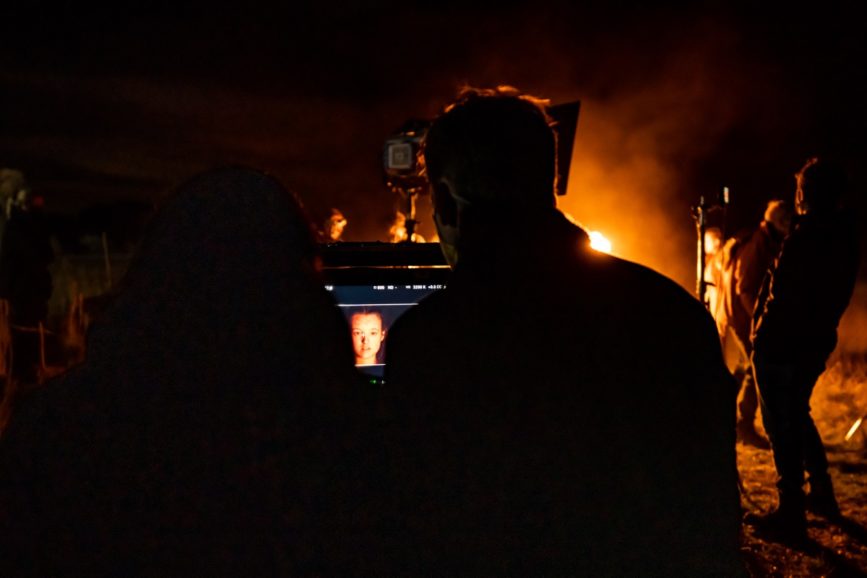
What was the stage set up like and do you enjoy the control they allow when filming?
Using a small space in a warehouse to recreate an endless black cave is a difficult challenge. We hung black drapes all around the edge of the space and ensured light never hit these directly, which helped to give the sense of an endless black abyss. I installed a lighting grid above to keep most of the lamps off the floor so the director and cast could move more freely to work within the small space.
This allowed me to surround the set with skypanels all going back to a desk, which meant I could turn off and on and dim accordingly, and always ensured I had backlight on the actors in any position and helped separate them from the background and create depth. I also had titan tubes acting as top light so I could control my contrast. I only brought in diffusion and neg to shape the light for close ups.
The flexibility created from shooting in this way I felt was very important for this film for both look and speed.

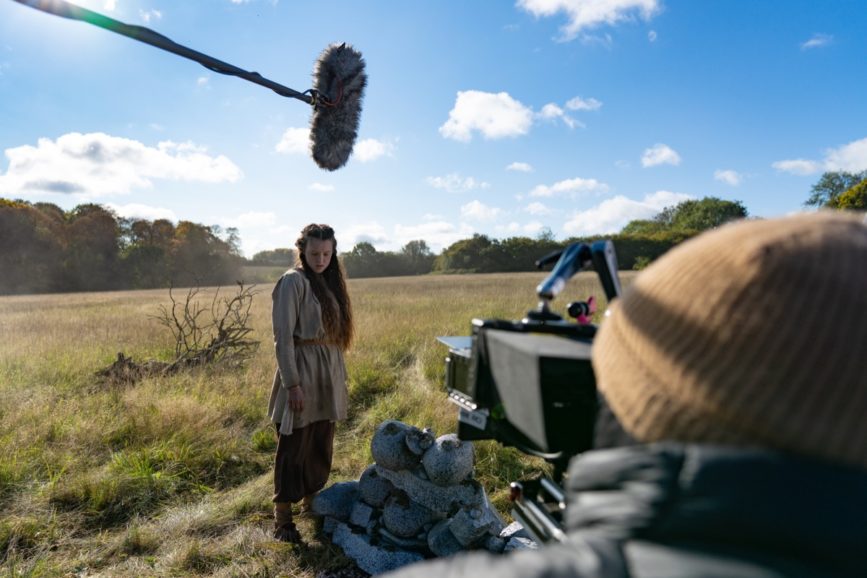
How did you navigate shooting with VFX, in particular, the dragon?
We had various meetings with he VFX team and discussed how best to approach the shoot on the day with regards to the dragon. We obviously needed to shoot the plate shots where the dragon would be. We had a VFX supervisor on set so when those shots came up we could discuss, look at the frame, try and understand scale and ensure it would work well. We also had some additional VFX to cover, blue screen stunt for when Bella’s character falls from the dragon into the fire as well as some fire extension.
What camera package and lenses did you use to suit the production?
I had incredible support from ARRI Rental for this film. I chose to shoot with an ARRI Alexa Mini and Atlas Orion anamorphics. I rated the camera between 400 and 640 ISO so I could have a little more detail in the shadows and I kept the lenses at 2.8/4 split throughout the entirety as I felt the lenses performed best at this T-stop. I also shot in ARRIRAW to give VFX and the grade the best flexibility with the file format in post.
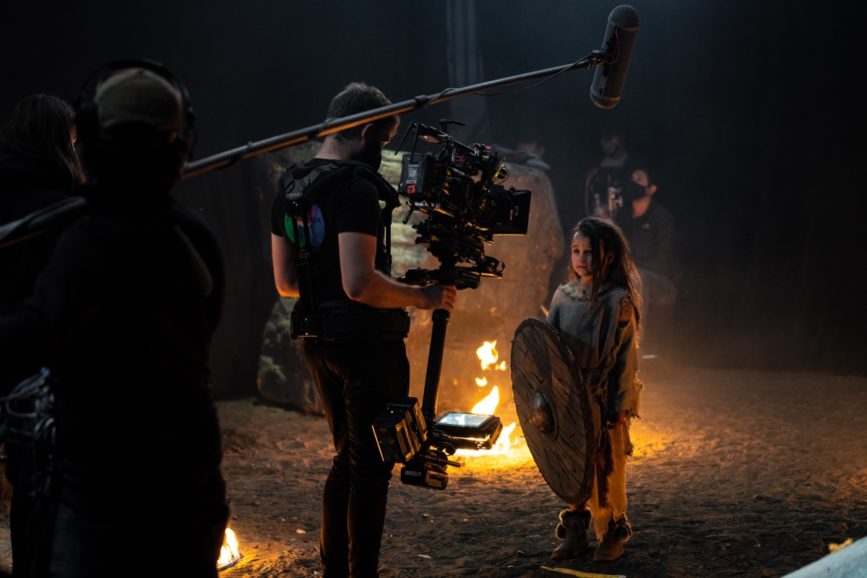
What were the challenges and how did you overcome them?
A typical challenge with short film-making is the time we have on set and this became challenging in the final scene when our lead Bella Ramsey returns to where she has buried her mother. We were losing light on the day and it wasn’t an option to light the entire field at night, so we had to think on our feet and we quickly came up with a new approach for the final shot of the film. We used a prop handheld firetorch as the only source of light for Bella and just totally embraced the darkness. I believe we turned a potential negative situation into an incredibly interesting frame and an amazing end to the film.
What was your proudest moment throughout the production process?
We always knew this was going to be an ambitious film so Sparky and I both understood how important it would be to have a great team.
Fortunately, we did pull together a really amazing team all round and I believe that shows in the quality of the film.
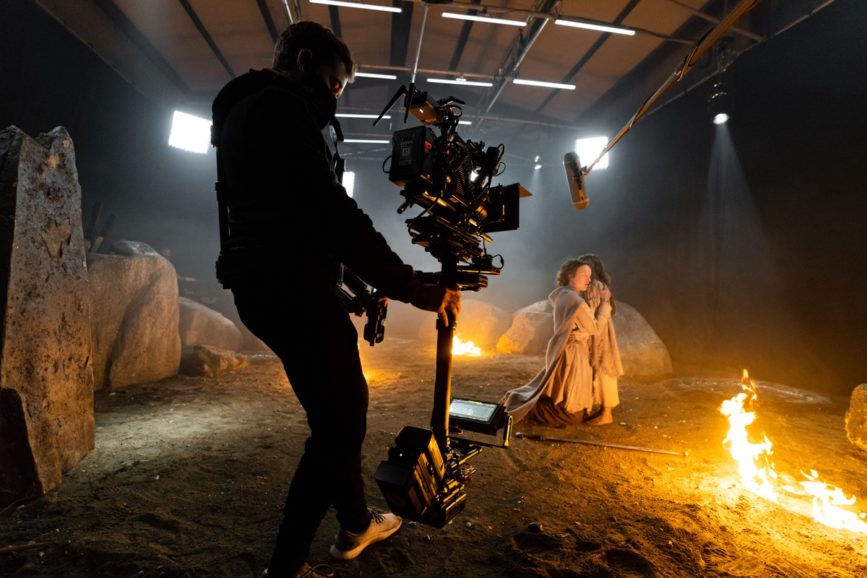
One of proudest moments for me in the production process was the amount of support I had from the crew that came onboard. I had quite a few members of the team on different occasions tell me that it was the best short I have ever worked on. It is really lovely when a crew comes together so well and everyone is enjoying what they are doing, especially in short films because as we all know they are incredibly challenging however it really brings out the passion for film making and reminds us why we got into this business in the first place.
What lessons did you learn that you will take onto future productions?
I thought that creating the look book of visual references would be to initiate initial conversations with the director but it’s transpired to be a really useful tool, that I myself refer to throughout the duration of the prep and shoot. This is something that I have gone on to create and use on all of projects since woking on Villain.



